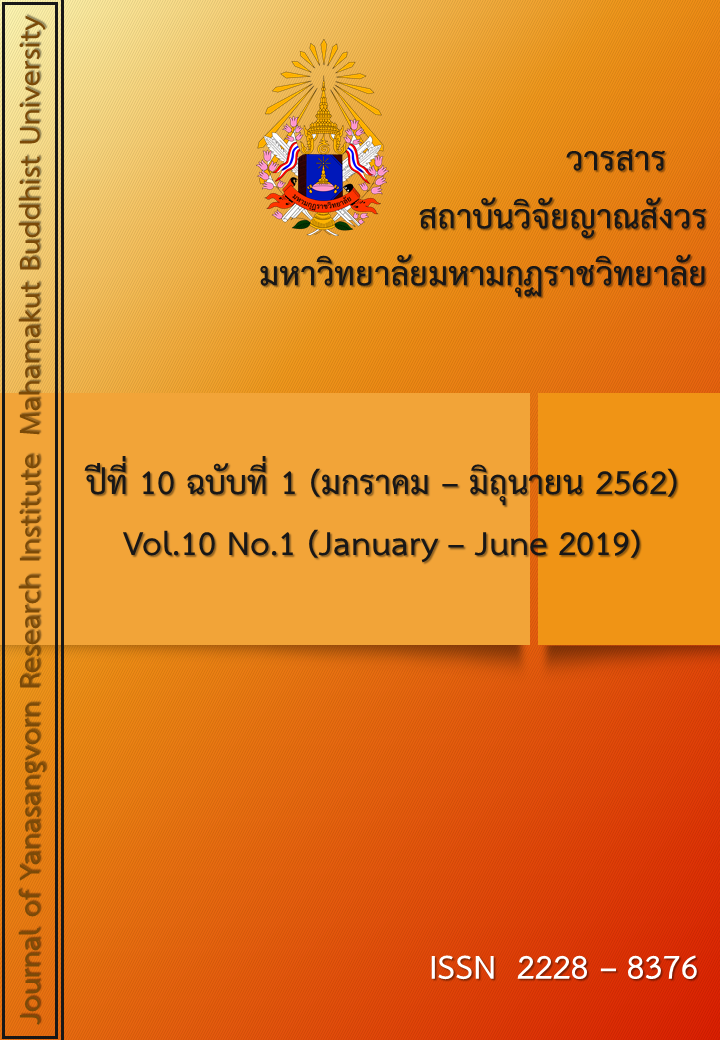CAUSAL RELATIONSHIP OF FACTORS INFLUENCING THE PERFORMANCE OF STEEL INDUSTRY
Main Article Content
Abstract
This research aimed for studying causal relationship of factors influencing to the steel industries’ operations. Due to this study, the following objectives were set; 1.To study factors influencing to the steel industries’ operations internally and externally in Thailand. 2. To analyze Congruencies of Empirical data in term of Descriptive hypothesis particularly in the steel industries’ operations. Mixed Method was used in this research. Meanwhile, the researcher used quantitative in order to gain fundamental data and to get qualitative data from narrative and descriptive information by using in-depth data collections from entrepreneurs in the steel industry. The results of this studying from 260 companies where the researcher collected data (sample size was calculated by SEM Method) illustrated that 1. Achievement of Export Performance was affected directly. There were positive outcomes from the following key factors; Market Orientation, Competitiveness, and Entrepreneurial Orientation. In addition, size of these effects were 0.33, 0.53, and 0.05 in correspondence. What’s more, the researcher found indirect effects from Entrepreneurial Orientation via Market Orientation and Competitiveness Hence, It implied that all factors including; Market Orientation, Entrepreneurial Orientation, and Competitiveness had both directly and indirectly affected to the performance of the steel industry.
Article Details
References
ศูนย์วิจัยเศรษฐกิจและธุรกิจ ธนาคารไทยพาณิชย์ (2561). ข่าวศูนย์วิจัยเศรษฐกิจและธุรกิจ สืบค้นจาก https://www.ryt9.com/s/iq03/2875586
Baker, W.E. and Sinkula, J.M. (1999). The Synergistic Effect of Market Orientation and Learning Orientation on Organizational Performance. Journal of the Academy of Marketing Science, 27, pp.411-427.
Kohli, A. K., Jaworski, B. J. & Kumar, A. (1993). MARKOR: A measure of market orientation. Journal of Market Research, 30(4), pp. 467-477.
Lumpkin, G. T. and Dess, G. G. (1996). Clarifying the entrepreneurial orientation construct and linking it to performance. Academy of Management Review, 21(1): 135–172.
Wiklund, J., & Shepherd D.(2005). Entrepreneurial orientation performance relationships, Journal of Business Venturing, 20(1): 71-91.
Yamane, Taro.1973. Statistics: An Introductory Analysis. Third editio. Newyork : Harper and Row Publication.
Zou, S. & Stan, S. (1998). The Determinants of Export Performance: A Review of the Empirical Literature Between 1987 and 1997. International Marketing Review, 15(5), 333.


